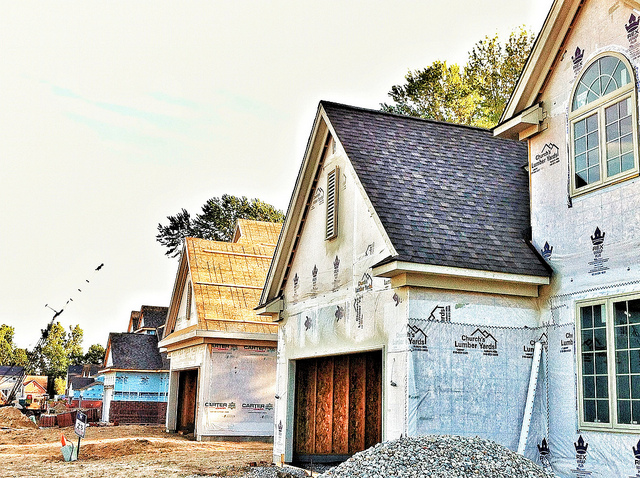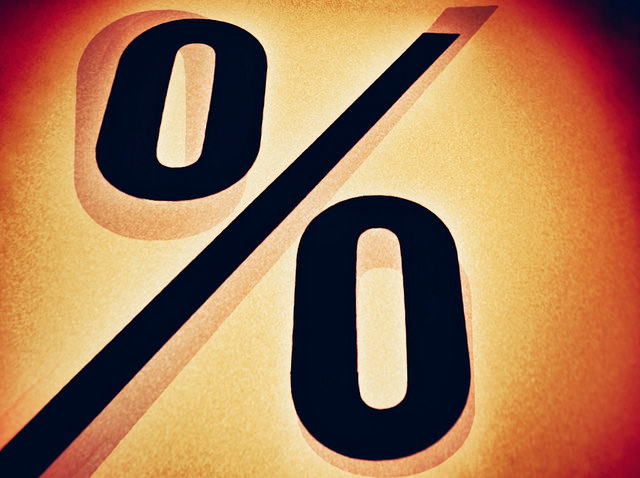In some ways, builders are good predictors of where the housing market is headed. Since their business is dependent on knowing whether or not consumers are interested in buying homes, they are among the first to see changes in buyer traffic and interest. Because of this, the National Association of Home Builders tracks builder confidence as part of their monthly Housing Market Index. In December, the index fell to 56 on a scale where any number above 50 indicates more builders view conditions as good than poor. And, while that means builders still see market conditions as favorable, the four-point decline is an indication that builders are seeing some changes in buyers’ attitudes. Robert Dietz, NAHB’s chief economist, says the issue is affordability. “The fact that builder confidence dropped significantly in areas of the country with high home prices shows how the growing housing affordability crisis is hurting the market,†Dietz said. “This housing slowdown is an early indicator of economic softening, and it is important that builders manage supply-side costs to keep home prices competitive for buyers at different price points.â€Â













